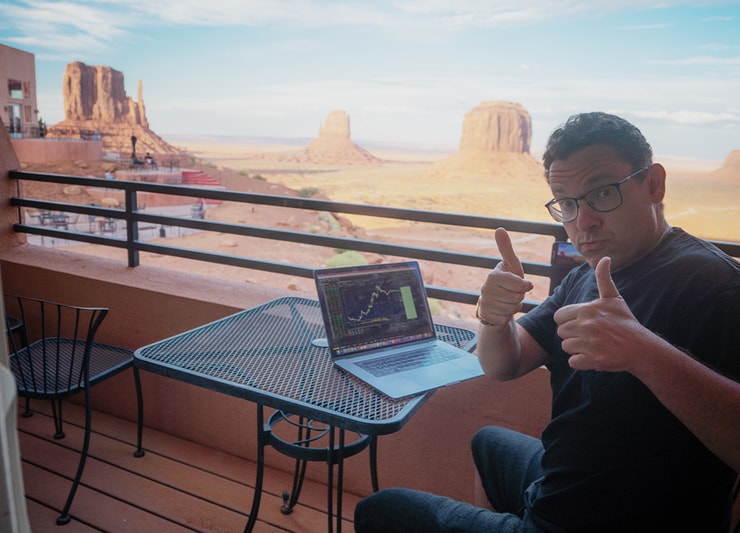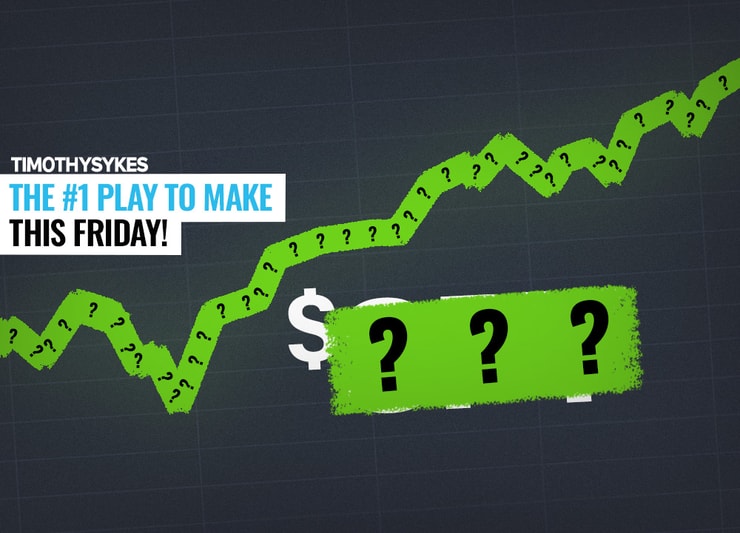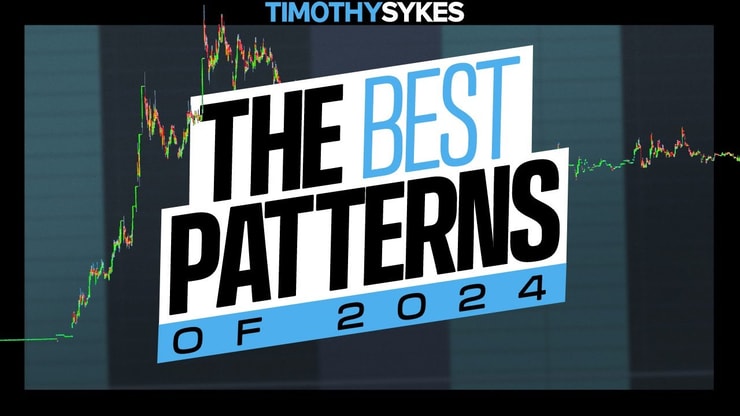I’m ALMOST overwhelmed right now.
This 2024 market continues to spike higher. And the momentum trickles down to our sector!
There are so many low-priced spikers to trade right now.
Almost every day the S&P 500 ETF Trust (NYSE: SPY) pushes to new heights. Take a look at the chart below for an update.

When the larger market is hot, we have more profit opportunities among small-cap stocks.
We focus on small-cap stocks because we can load up on cheap shares and ride the huge percent gain.
If you didn’t read yesterday’s blog post about the 3,200% spike on MicroCloud Hologram Inc. (NASDAQ: HOLO) … Here’s that publication.
The share price started around $2.
A $2 stock that spiked 3,200%! Are you kidding me?!
Those of you with a small-account, there’s no excuse to sit on the sidelines.
This is my list of the biggest small-cap runners right now …
- Syra Health Corp. (NASDAQ: SYRA)
- Hitek Global Inc. (NASDAQ: HKIT)
- Gorilla Technology Group Inc. (NASDAQ: GRRR)
But there’s a catch:
It’s possible to lose money on a volatile spike.
Actually, 90% of traders lose because they DON’T understand how to play these runners.
There’s a very simple solution: My students and I trade the most popular patterns to keep our accounts safe.
I’m not buying at random. This isn’t gambling.
I wait for the most predictable setup on the most volatile stocks. That’s how to mitigate risk.
Don’t swing for the fences!
Instead, take calculated profits from the market’s biggest spikers.
The Hottest Patterns

2025 Millionaire Media, LLCThe patterns never change.
Here’s why:
The markets’ most volatile stocks are often trading with hysteria.
There aren’t any Wall Street algorithms trading these small-cap stocks. And the SEC doesn’t have time to police this sketchy sector.
As a result, a volatile stock’s price action is likely to get “out of control”.
That means: The price action doesn’t make any sense to an average trader.
But I’m not an average trader …
90% of traders lose. Over the last +20 years I’ve pulled $7.5 million in trading profits from the market.
When the price action reaches max hysteria, it’s most likely to match a very specific trading framework.
Because people are predictable during times of high stress.
Like when a stock is launching +1,000% intraday.
Most people don’t understand the true nature of these spikes. And unfortunately, they’re the ones who create profit opportunities for savvy traders like you and me.
Let’s get this straight: I never wish losses on any traders.
The reason I got into this niche is to expose the scummy stock spikes that unsuspecting traders get sucked into.
But more than 2 decades later, very little has changed.
If anything …
- The spikes are faster now.
- And the stocks spike higher.
For traders who understand these patterns, the profit opportunities are NEXT LEVEL.
I filmed a brand-new video with the top patterns we’re using right now. And I use the most recent 2024 spikers as my examples.
This is niche information.
How to profit off the biggest spikers in the market:
Friday Opportunity
This blog post comes out on Friday morning. Hopefully you’re reading it before the market closes this week …
I shared the hottest trade patterns in my newest video.
But there’s a very specific setup that I look for EVERY FRIDAY.
So far in 2024 I’ve played this pattern twice:


And there’s still time to catch this Friday’s runner!
Pay attention into the afternoon. We’re looking for spikers that launch higher at the end of the day
This is the pattern that I use every Friday.
End this week on a strong note!
Cheers.









Leave a reply